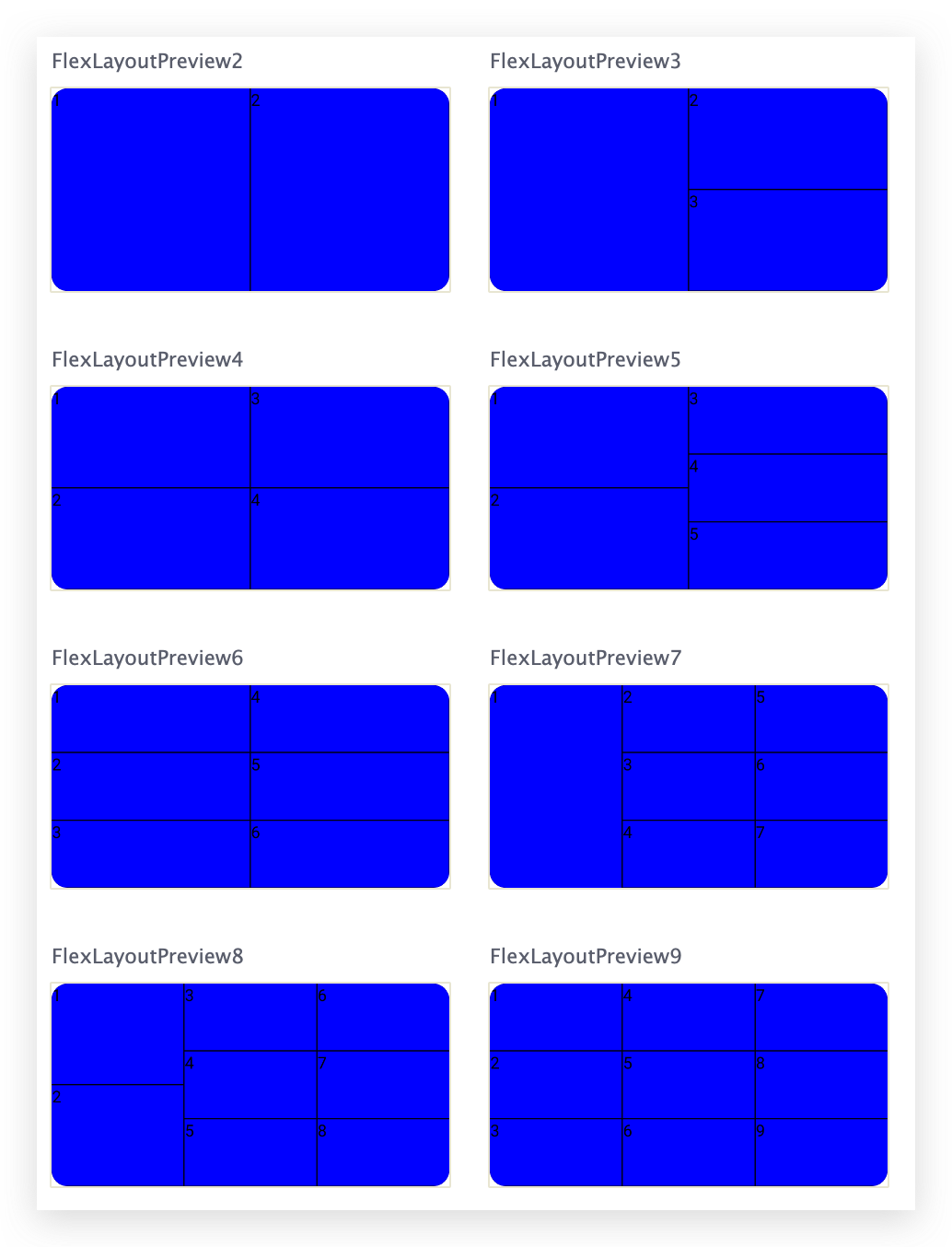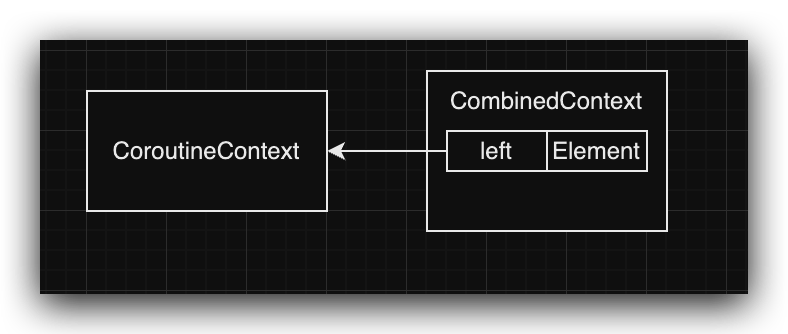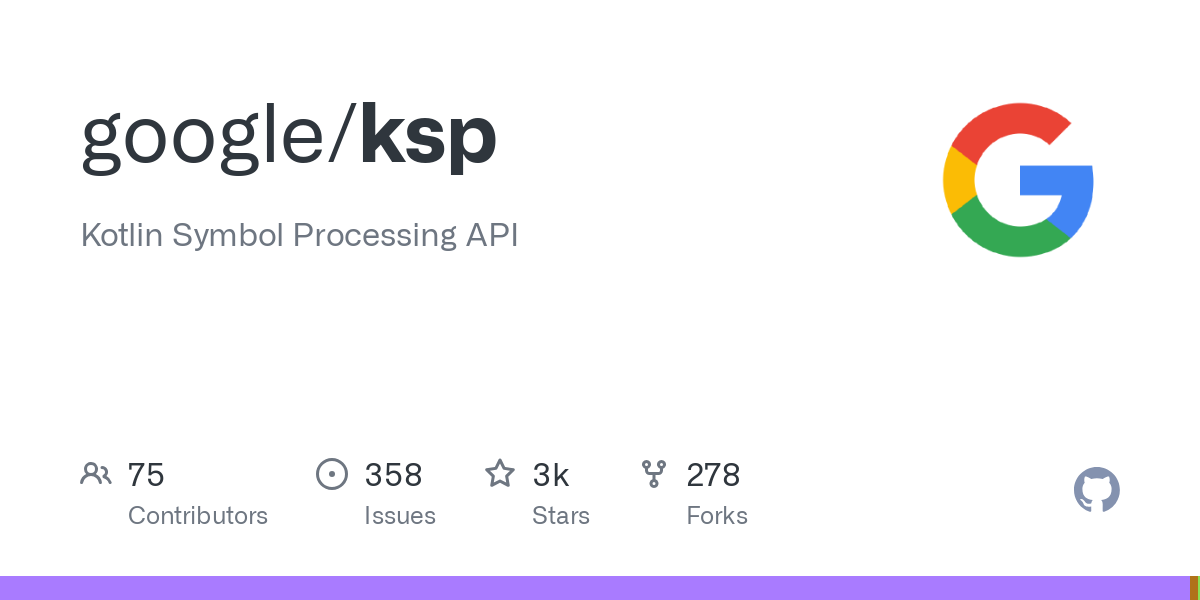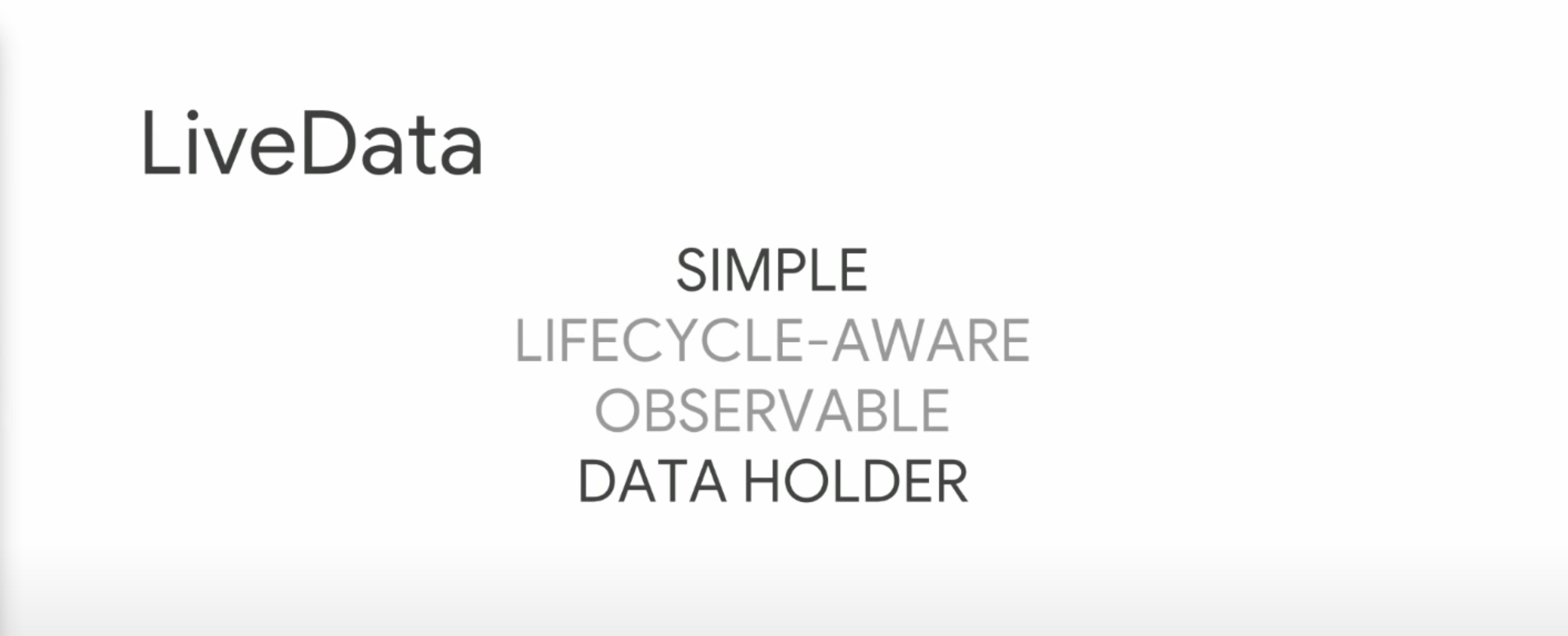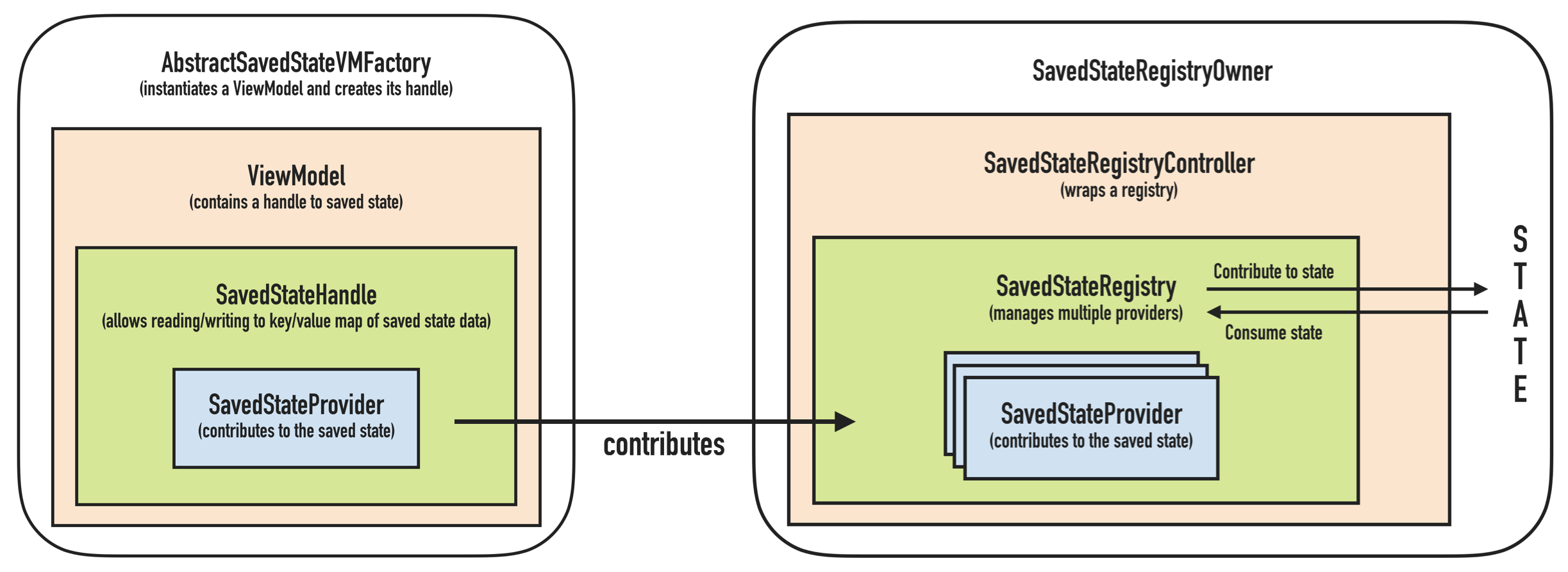Google 在2015的 IO 大会上,给我们带来了更加详细的 Material Design 设计规范,同时,也给我们带来了全新的 Android Design Support Library,在这个 support 库里面,Google 给我们提供了更加规范的 Material design 设计风格的控件。本文将介绍MD设计风格的兼容库以及它们的用法,也是对自己的学习做一个记录。
使用 要使用非常简单,在Gradle中添加如下语句即可
1 compile 'com.android.support:design:23.0.0'
组件 Snackbar Snackbar 提供了一个介于 Toast 和 AlertDialog 之间轻量级控件,它可以很方便的提供消息的提示和动作反馈。其使用方式与Toast基本相同 。
1 2 3 4 5 6 7 8 9 10 Snackbar.make(view, "Snackbar comes out" , Snackbar.LENGTH_LONG) .setAction("Action" , new View .OnClickListener() { @Override public void onClick (View v) { Toast.makeText( MainActivity.this , "Toast comes out" , Toast.LENGTH_SHORT).show(); } }).show();
此处注意传入的第一个 view 是 Snackbar 显示的基准元素,Snackbar 会显示在该 view 的底部位置。Action 可以传入多个,每一个都可以配置点击事件。
显示效果:
官网API:Snackbar API
TextInputLayout 通常,单独的 EditText 会在用户输入第一个字母之后隐藏hint提示信息,但是现在你可以使用 TextInputLayout 来将 EditText 包裹起来,提示信息会变成一个显示在 EditText 之上的 floating label,这样用户就始终知道他们现在输入的是什么。同时,如果给 EditText 增加监听,还可以给它增加更多的 floating label。
使用方法:
1 2 3 4 5 6 7 8 9 10 <android.support.design.widget.TextInputLayout android:id ="@+id/til_pwd" android:layout_width ="match_parent" android:layout_height ="wrap_content" > <EditText android:layout_width ="match_parent" android:layout_height ="wrap_content" /> </android.support.design.widget.TextInputLayout >
在代码中监听:
1 2 3 4 5 6 7 8 9 10 11 12 13 14 15 16 17 18 19 20 21 22 23 TextInputLayout textInputLayout = (TextInputLayout) findViewById(R.id.til_pwd);EditText editText = textInputLayout.getEditText();textInputLayout.setHint("Password" ); editText.addTextChangedListener(new TextWatcher () { @Override public void beforeTextChanged (CharSequence s, int start, int count, int after) { if (s.length() > 4 ) { textInputLayout.setError("Password error" ); textInputLayout.setErrorEnabled(true ); } else { textInputLayout.setErrorEnabled(false ); } } @Override public void onTextChanged (CharSequence s, int start, int before, int count) { } @Override public void afterTextChanged (Editable s) { } });
注意 :TextInputLayout 的颜色来自 style 中的 colorAccent 的颜色:
1 <item name ="colorAccent" > #1743b7</item >
显示效果:
官网API:TextInputLayout API
FloatingActionButton 是一个浮动显示的圆形按钮,Design library 中的 FloatingActionButton 实现了一个默认颜色为主题中 colorAccent 的悬浮操作按钮,like this:
FloatingActionButton 的使用非常简单,一般将其放入 CoordinatorLayout 中。
1 2 3 4 5 6 7 <android.support.design.widget.FloatingActionButton android:id ="@+id/fab" android:layout_width ="wrap_content" android:layout_height ="wrap_content" android:layout_gravity ="end|bottom" android:layout_margin ="@dimen/fab_margin" android:src ="@drawable/ic_done" />
通过指定layout_gravity就可以指定它的位置。
同样,你可以通过指定anchor,即显示位置的锚点:
1 2 3 4 5 6 7 8 <android.support.design.widget.FloatingActionButton android:layout_height ="wrap_content" android:layout_width ="wrap_content" app:layout_anchor ="@id/app_bar" app:layout_anchorGravity ="bottom|right|end" android:src ="@android:drawable/ic_done" android:layout_margin ="15dp" android:clickable ="true" />
除了一般大小的悬浮操作按钮,它还支持 mini size(fabSize="mini")。FloatingActionButton 继承自 ImageView,你可以使用android:src或者 ImageView 的任意方法,比如setImageDrawable()来设置 FloatingActionButton 里面的图标。
官网API:Floating Action Button
TabLayout TabLayout既实现了固定的选项卡 - view的宽度平均分配,也实现了可滚动的选项卡 - view宽度不固定同时可以横向滚动。选项卡可以在程序中动态添加:
1 2 3 4 TabLayout tabLayout = (TabLayout) findViewById(R.id.tabs);tabLayout.addTab(tabLayout.newTab().setText("tab1" )); tabLayout.addTab(tabLayout.newTab().setText("tab2" )); tabLayout.addTab(tabLayout.newTab().setText("tab3" ));
通常 TabLayout 都会和 ViewPager 配合起来使用:
1 2 3 4 5 mViewPager = (ViewPager) findViewById(R.id.viewpager); setupViewPager(); TabLayout tabLayout = (TabLayout) findViewById(R.id.tabs);tabLayout.setupWithViewPager(mViewPager);
显示效果:
官网API:TabLayout API
NavigationView NavigationView 主要用于实现滑动显示的导航抽屉,这在 Material Design 中是十分重要的。使用 NavigationView,我们可以这样写导航抽屉了:
1 2 3 4 5 6 7 8 9 10 11 12 13 14 15 16 17 18 19 20 <android.support.v4.widget.DrawerLayout android:id ="@+id/dl_main_drawer" xmlns:android ="http://schemas.android.com/apk/res/android" xmlns:app ="http://schemas.android.com/apk/res-auto" android:layout_width ="match_parent" android:layout_height ="match_parent" android:fitsSystemWindows ="true" > <include layout ="@layout/navigation_content" /> <android.support.design.widget.NavigationView android:id ="@+id/nv_main_navigation" android:layout_width ="wrap_content" android:layout_height ="match_parent" android:layout_gravity ="start" app:headerLayout ="@layout/navigation_header" app:menu ="@menu/drawer_view" /> </android.support.v4.widget.DrawerLayout >
其中最重要的就是这两个属性:app:headerLayout和app:menu
通过这两个属性,我们可以非常方便的指定导航界面的头布局和菜单布局:
其中最上面的布局就是app:headerLayout所指定的头布局:
1 2 3 4 5 6 7 8 9 10 11 12 13 14 15 16 17 18 19 20 21 22 23 24 25 26 <?xml version="1.0" encoding="utf-8" ?> <LinearLayout xmlns:android ="http://schemas.android.com/apk/res/android" android:layout_width ="match_parent" android:layout_height ="200dp" android:background ="?attr/colorPrimaryDark" android:gravity ="center" android:orientation ="vertical" android:padding ="16dp" android:theme ="@style/ThemeOverlay.AppCompat.Dark" > <ImageView android:layout_width ="100dp" android:layout_height ="100dp" android:layout_marginTop ="16dp" android:background ="@drawable/ic_user" /> <TextView android:layout_width ="match_parent" android:layout_height ="wrap_content" android:layout_marginTop ="16dp" android:gravity ="center" android:text ="XuYisheng" android:textAppearance ="@style/TextAppearance.AppCompat.Body1" android:textSize ="20sp" /> </LinearLayout >
而下面的菜单布局,我们可以直接通过 menu 内容自动生成,而不需要我们来指定布局:
1 2 3 4 5 6 7 8 9 10 11 12 13 14 15 16 17 18 19 20 21 22 23 24 25 26 27 28 29 30 31 32 33 34 <?xml version="1.0" encoding="utf-8" ?> <menu xmlns:android ="http://schemas.android.com/apk/res/android" > <group android:checkableBehavior ="single" > <item android:id ="@+id/nav_home" android:icon ="@drawable/ic_dashboard" android:title ="CC Talk" /> <item android:id ="@+id/nav_messages" android:icon ="@drawable/ic_event" android:title ="HJ Class" /> <item android:id ="@+id/nav_friends" android:icon ="@drawable/ic_headset" android:title ="Words" /> <item android:id ="@+id/nav_discussion" android:icon ="@drawable/ic_forum" android:title ="Big HJ" /> </group > <item android:title ="Version" > <menu > <item android:icon ="@drawable/ic_dashboard" android:title ="Android" /> <item android:icon ="@drawable/ic_dashboard" android:title ="iOS" /> </menu > </item > </menu >
你可以通过设置一个OnNavigationItemSelectedListener,使用其setNavigationItemSelectedListener()来获得元素被选中的回调事件。它可以让你处理选择事件,改变复选框状态,加载新内容,关闭导航菜单,以及其他任何你想做的操作。例如这样:
1 2 3 4 5 6 7 8 9 10 11 12 private void setupDrawerContent (NavigationView navigationView) { navigationView.setNavigationItemSelectedListener( new NavigationView .OnNavigationItemSelectedListener() { @Override public boolean onNavigationItemSelected (MenuItem menuItem) { menuItem.setChecked(true ); mDrawerLayout.closeDrawers(); return true ; } } }); }
官网API:NavigationView API
AppBarLayout AppBarLayout 是一个容器,会把所有放在里面的组件一起作为一个 AppBar。
这里就是把 Toolbar 和 TabLayout 放到了 AppBarLayout 中,让他们当做一个整体作为 AppBar。
1 2 3 4 5 6 7 8 9 10 11 12 13 14 15 16 17 18 19 <android.support.design.widget.AppBarLayout android:id ="@+id/appbar" android:layout_width ="match_parent" android:layout_height ="wrap_content" android:theme ="@style/ThemeOverlay.AppCompat.Dark.ActionBar" > <android.support.v7.widget.Toolbar android:id ="@+id/toolbar" android:layout_width ="match_parent" android:layout_height ="?attr/actionBarSize" android:background ="?attr/colorPrimary" app:popupTheme ="@style/ThemeOverlay.AppCompat.Light" /> <android.support.design.widget.TabLayout android:id ="@+id/tabs" android:layout_width ="match_parent" android:layout_height ="wrap_content" /> </android.support.design.widget.AppBarLayout >
官网API:AppBarLayout API
CoordinatorLayout CoordinatorLayout 是这次新添加的一个增强型的 FrameLayout。在 CoordinatorLayout 中,我们可以在 FrameLayout 的基础上完成很多新的操作。
Floating View Material Design 的一个新的特性就是增加了很多可悬浮的 View,像我们前面说的 Floating Action Button。我们可以把 FAB 放在任何地方,只需要通过:
1 android:layout_gravity="end|bottom"
来指定显示的位置。同时,它还提供了layout_anchor来供你设置显示坐标的锚点:
1 app:layout_anchor="@id/appbar"
创建滚动 CoordinatorLayout 可以说是这次 support library 更新的重中之重。它从另一层面去控制子 view 之间触摸事件的布局,Design Library 中的很多控件都利用了它。
一个很好的例子就是当你将 FloatingActionButton 作为一个子 View 添加进 CoordinatorLayout 并且将 CoordinatorLayout 传递给Snackbar.make(),在3.0及其以上的设备上,Snackbar 不会显示在悬浮按钮的上面,而是 FloatingActionButton 利用 CoordinatorLayout 提供的回调方法,在 Snackbar 以动画效果进入的时候自动向上移动让出位置,并且在 Snackbar 动画地消失的时候回到原来的位置,不需要额外的代码。
官方的例子很好的说明了这一点:
1 2 3 4 5 6 7 8 9 10 11 12 13 14 15 16 17 18 19 20 21 22 23 24 <android.support.design.widget.CoordinatorLayout xmlns:android ="http://schemas.android.com/apk/res/android" xmlns:app ="http://schemas.android.com/apk/res-auto" android:layout_width ="match_parent" android:layout_height ="match_parent" > <! -- Your Scrollable View --> <android.support.v7.widget.RecyclerView android:layout_width ="match_parent" android:layout_height ="match_parent" app:layout_behavior ="@string/appbar_scrolling_view_behavior" /> <android.support.design.widget.AppBarLayout android:layout_width ="match_parent" android:layout_height ="wrap_content" > <android.support.v7.widget.Toolbar ... app:layout_scrollFlags ="scroll|enterAlways" > <android.support.design.widget.TabLayout ... app:layout_scrollFlags ="scroll|enterAlways" > </android.support.design.widget.AppBarLayout > </android.support.design.widget.CoordinatorLayout >
其中,一个可以滚动的组件,例如 RecyclerView、ListView(注意:目前貌似只支持RecyclerView、ListView,如果你用一个ScrollView,是没有效果的 )。如果:
给这个可滚动组件设置了layout_behavior
给另一个控件设置了layout_scrollFlags
那么,当设置了layout_behavior的控件滑动时,就会触发设置了layout_scrollFlags的控件发生状态的改变。
设置的layout_scrollFlags有如下几种选项:
scroll: 所有想滚动出屏幕的 view 都需要设置这个 flag,没有设置这个flag的view将被固定在屏幕顶部。
enterAlways: 这个 flag 让任意向下的滚动都会导致该view变为可见。
enterAlwaysCollapsed: 当你的视图已经设置 minHeight 属性又使用此标志时,你的视图只能以最小高度进入,只有当滚动视图到达顶部时才扩大到完整高度。
exitUntilCollapsed: 向上滚动时收缩 View。
需要注意的是,后面两种模式基本只有在 CollapsingToolbarLayout 才有用,而前面两种模式基本是需要一起使用的,也就是说,这些 flag 的使用场景,基本已经固定了。
例如我们前面例子中的,也就是这种模式:
1 app:layout_scrollFlags="scroll|enterAlways"
PS:所有使用 scroll flag 的 view 都必须定义在没有使用 scroll flag 的 view 的前面,这样才能确保所有的 view 从顶部退出,留下固定的元素。
官网API:CoordinatorLayout
CollapsingToolbarLayout 提供了一个可以折叠的 Toolbar,这也是 Google+、photos 中的效果。Google 把它做成了一个标准控件,更加方便使用。
这里先看一个例子:
1 2 3 4 5 6 7 8 9 10 11 12 13 14 15 16 17 18 19 20 21 22 23 24 25 26 27 28 29 30 31 32 33 34 35 36 <android.support.design.widget.AppBarLayout android:id ="@+id/appbar" android:layout_width ="match_parent" android:layout_height ="@dimen/detail_backdrop_height" android:fitsSystemWindows ="true" android:theme ="@style/ThemeOverlay.AppCompat.Dark.ActionBar" > <android.support.design.widget.CollapsingToolbarLayout android:id ="@+id/collapsing_toolbar" android:layout_width ="match_parent" android:layout_height ="match_parent" android:fitsSystemWindows ="true" app:contentScrim ="?attr/colorPrimary" app:expandedTitleMarginEnd ="64dp" app:expandedTitleMarginStart ="48dp" app:layout_scrollFlags ="scroll|exitUntilCollapsed" > <ImageView android:id ="@+id/backdrop" android:layout_width ="match_parent" android:layout_height ="match_parent" android:fitsSystemWindows ="true" android:scaleType ="centerCrop" android:src ="@drawable/ic_banner" app:layout_collapseMode ="parallax" /> <android.support.v7.widget.Toolbar android:id ="@+id/toolbar" android:layout_width ="match_parent" android:layout_height ="?attr/actionBarSize" app:layout_collapseMode ="pin" app:popupTheme ="@style/ThemeOverlay.AppCompat.Light" /> </android.support.design.widget.CollapsingToolbarLayout > </android.support.design.widget.AppBarLayout >
我们在 CollapsingToolbarLayout 中放置了一个 ImageView 和一个 Toolbar。并把这个 CollapsingToolbarLayout 放到 AppBarLayout 中作为一个整体。在 CollapsingToolbarLayout 中,我们分别设置了 ImageView 和一个 Toolbar 的layout_collapseMode。
这里使用了 CollapsingToolbarLayout 的app:layout_collapseMode="pin"来确保 Toolbar 在 view 折叠的时候仍然被固定在屏幕的顶部。当你让 CollapsingToolbarLayout 和 Toolbar 在一起使用的时候,title 会在展开的时候自动变得大些,而在折叠的时候让字体过渡到默认值。必须注意,在这种情况下你必须在 CollapsingToolbarLayout 上调用setTitle(),而不是在 Toolbar 上。
除了固定住 view,你还可以使用app:layout_collapseMode="parallax"(以及使用app:layout_collapseParallaxMultiplier="0.7"来设置视差因子)来实现视差滚动效果(比如 CollapsingToolbarLayout 里面的一个 ImageView),这中情况和 CollapsingToolbarLayout 的app:contentScrim="?attr/colorPrimary"属性一起配合更完美。
在这个例子中,我们同样设置了:
1 app:layout_scrollFlags="scroll|exitUntilCollapsed">
来接收一个:
1 app:layout_behavior="@string/appbar_scrolling_view_behavior">
这样才能产生滚动效果,而通过layout_collapseMode,我们就设置了滚动时内容的变化效果。
CoordinatorLayout与自定义view 有一件事情必须注意,那就是 CoordinatorLayout 并不知道 FloatingActionButton 或者 AppBarLayout 的内部工作原理,它只是以Coordinator.Behavior的形式提供了额外的 API,该 API 可以使子 View 更好的控制触摸事件与手势以及声明它们之间的依赖,并通过onDependentViewChanged()接收回调。
可以使用CoordinatorLayout.DefaultBehavior(你的View.Behavior.class)注解或者在布局中使用app:layout_behavior="com.example.app.你的View$Behavior"属性来定义view的默认行为。framework让任意view和CoordinatorLayout结合在一起成为了可能。
官方API:CollapsingToolbarLayout
总结 研究了一整天的 Android Design Support Library,感觉还是非常强大的。虽然自定义性不是很强,但已经给开发者提供了很简单方便的 Material Design 的官方实现,也不用集成很多的第三方库了,还是很不错的,推荐大家在自己的项目中使用。
参考 Thanks to 《Android Design Support Library使用详解》









